A Mommy Makeover is an exciting journey toward restoring your pre-pregnancy body, combining procedures like abdominoplasty (tummy tuck), breast surgery (augmentation/lift/reduction), and liposuction. While the results can be transformative, post-op swelling is one of the most common concerns during recovery.
Swelling is a natural response as your body works to heal, but proper care can significantly reduce it and speed up healing. This guide provides science-backed strategies to minimize swelling, prevent complications, and promote faster recovery—all while integrating Rejuvaskin’s post-op skin recovery solutions for hydration and healing.
Why Does Swelling Occur After a Mommy Makeover?
Swelling (postoperative edema) occurs due to fluid buildup in tissues as your body initiates the healing process. Studies show that abdominoplasty and breast surgery can disrupt lymphatic drainage, leading to temporary fluid retention and swelling (Khoury et al., 2016). Understanding this process can help you take the right steps to speed up healing and reduce discomfort.
How Long Does Swelling Last?
Week 1–2: Most intense swelling due to fluid retention and tissue inflammation.
Week 3–6: Swelling gradually subsides, but some areas may remain puffy.
Month 2–6: Minor swelling lingers, especially at night or after activity.
6+ Months: Swelling fully resolves, and final results start to appear.
With proper post-op care, you can speed up this timeline and reduce swelling faster.
Best Ways to Reduce Swelling & Heal Faster
Wear Compression Garments (Supports Healing & Reduces Fluid Buildup)
-
Why it works: Compression garments apply gentle pressure, improving circulation, reducing swelling, and preventing fluid buildup.
-
Backed by research: Studies show compression therapy prevents post-surgical edema and enhances recovery (Matarasso & Smith, 2015).
-
How to use it: Wear 24/7 for the first 4-6 weeks (removing only to shower), then at night for up to 12 weeks.
Manual Lymphatic Drainage (MLD) Massage (Flushes Out Excess Fluids)
-
Why it works: Lymphatic drainage massage helps remove trapped fluids, detoxify tissues, and reduce inflammation.
-
Backed by research: Clinical studies show that MLD can significantly reduce swelling and fibrosis in post-op patients.
-
How to do it: Schedule 3-5 sessions per week for the first month post-op, focusing on gentle drainage near the surgical areas.
Stay Hydrated & Reduce Sodium Intake (Flushes Out Excess Fluids)
-
Why it works: Proper hydration flushes toxins and reduces fluid retention, while too much salt causes swelling to persist.
-
How to optimize hydration: Drink 8-10 glasses of water per day.Avoid salty, processed foods that promote water retention. Eat potassium-rich foods (bananas, oranges, leafy greens) to balance fluid levels.
Use Cold Therapy for the First 72 Hours (Reduces Inflammation & Pain)
-
Why it works: Cold compresses constrict blood vessels, reducing inflammation and preventing excessive fluid buildup.
-
How to use it effectively: Apply an ice pack wrapped in a cloth for 15-20 minutes every 2-3 hours. Avoid direct contact on incisions to prevent irritation. After 72 hours, switch to gentle heat therapy to improve circulation.
Start Walking Early (But Avoid Overexertion!)
-
Why it works: Gentle movement improves circulation, prevents blood clots, and reduces swelling.
-
Backed by research: Patients who start walking early experience faster recovery and reduced swelling compared to those who remain sedentary (Rodrigues da Silva Junior et al., 2023).
-
How to do it safely: Begin with 5-10 minute slow walks indoors starting 1-2 days post-op. Avoid standing for long periods or lifting heavy objects.
Enhance Healing with Silicone Scar Therapy
-
Why it works: Silicone reduces scar thickness, fades discoloration, and promotes smoother healing.
-
Backed by research: Clinical trials show silicone therapy improves scar appearance by 80%+ when used consistently (Kim et al., 2016).
Recommended products:
-
Silicone Scar Sheeting – Provides hydration & compression for optimal scar healing.
-
Scar Esthetique® Scar Cream – Formulated with silicone, antioxidants, and peptides to fade discoloration.
-
Skin Recovery Cream – Hydrates and strengthens post-op skin while reducing irritation.
Shop Rejuvaskin’s Scar & Recovery Products
Reducing swelling and accelerating healing after a Mommy Makeover requires consistency and the right care. By using compression therapy, lymphatic massage, hydration, movement, and silicone scar treatments, you can speed up recovery and achieve the best possible results.
Would you like personalized product recommendations for your post-op care? Check out Rejuvaskin’s Scar & Recovery Collection!
Explore Post-Surgical Healing Solutions
Works Cited
-
Khoury, S., Wayte, J., James, C., Calonje, E., & Huilgol, S. (2016). Acquired lymphoedema and cutaneous lymphangiectasia following abdominoplasty and breast surgery. Australasian Journal of Dermatology.
-
Rodrigues da Silva Junior, M. L., et al. (2023). Physiotherapy resources in post-abdominoplasty patients. Manual Therapy, Posturology & Rehabilitation Journal.
-
Matarasso, A., & Smith, D. M. (2015). Combined Breast Surgery & Abdominoplasty: Strategies for Success.Plastic and Reconstructive Surgery.
- Kim, J.S., Hong, J.P., Choi, J.W., Seo, D., Lee, E.S., & Lee, H.S. (2016). The Efficacy of a Silicone Sheet in Postoperative Scar Management. Advances in Skin & Wound Care, 29, 414–420.
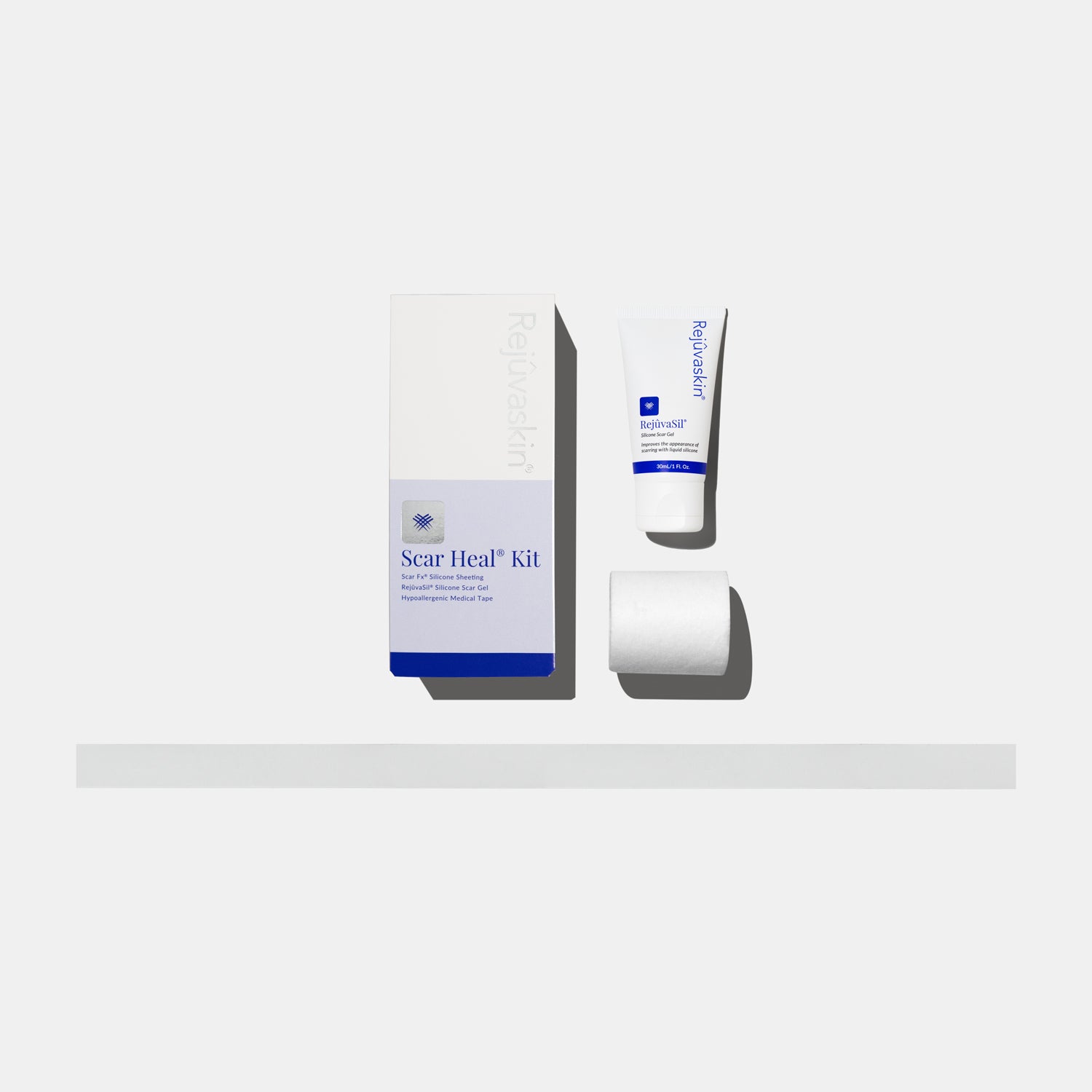


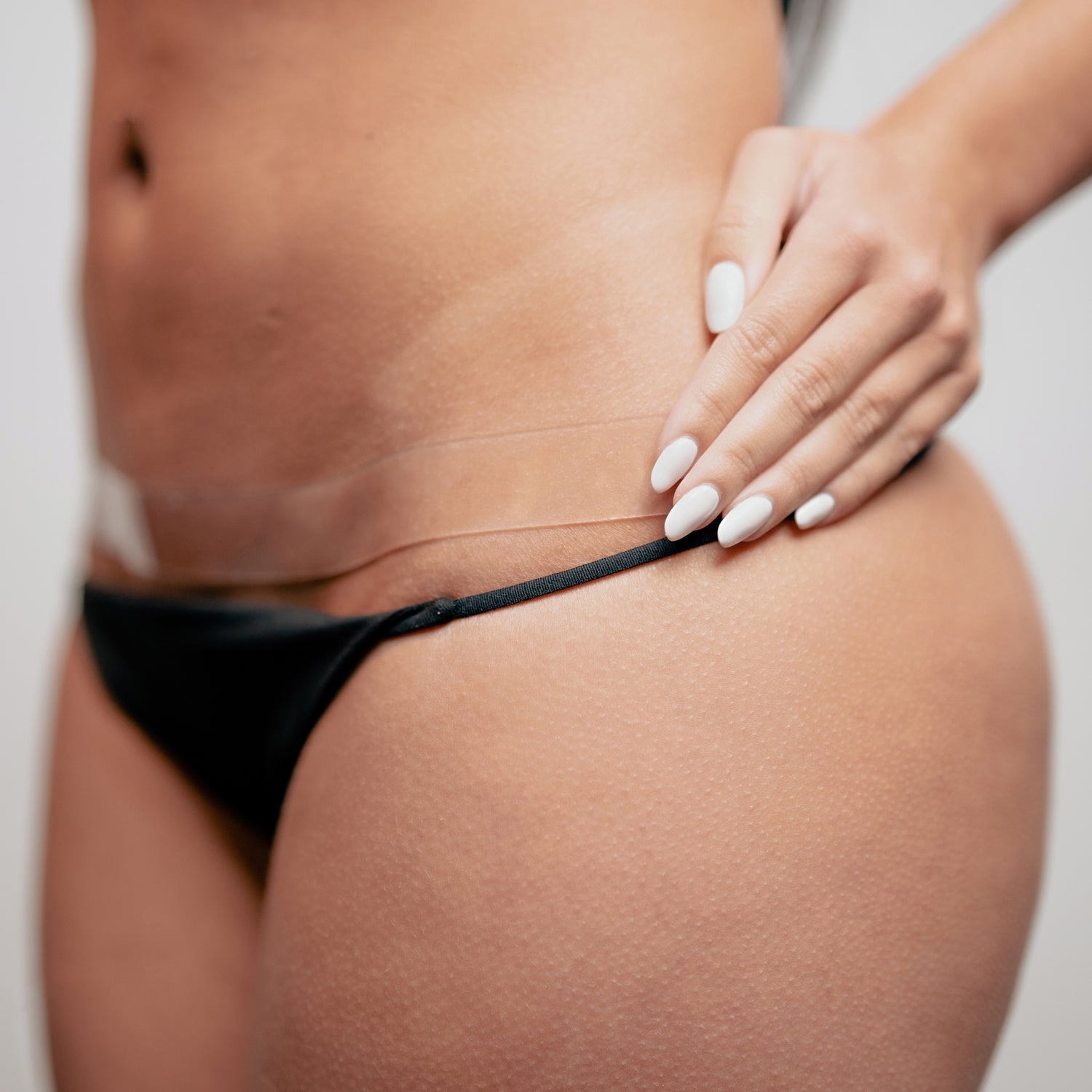
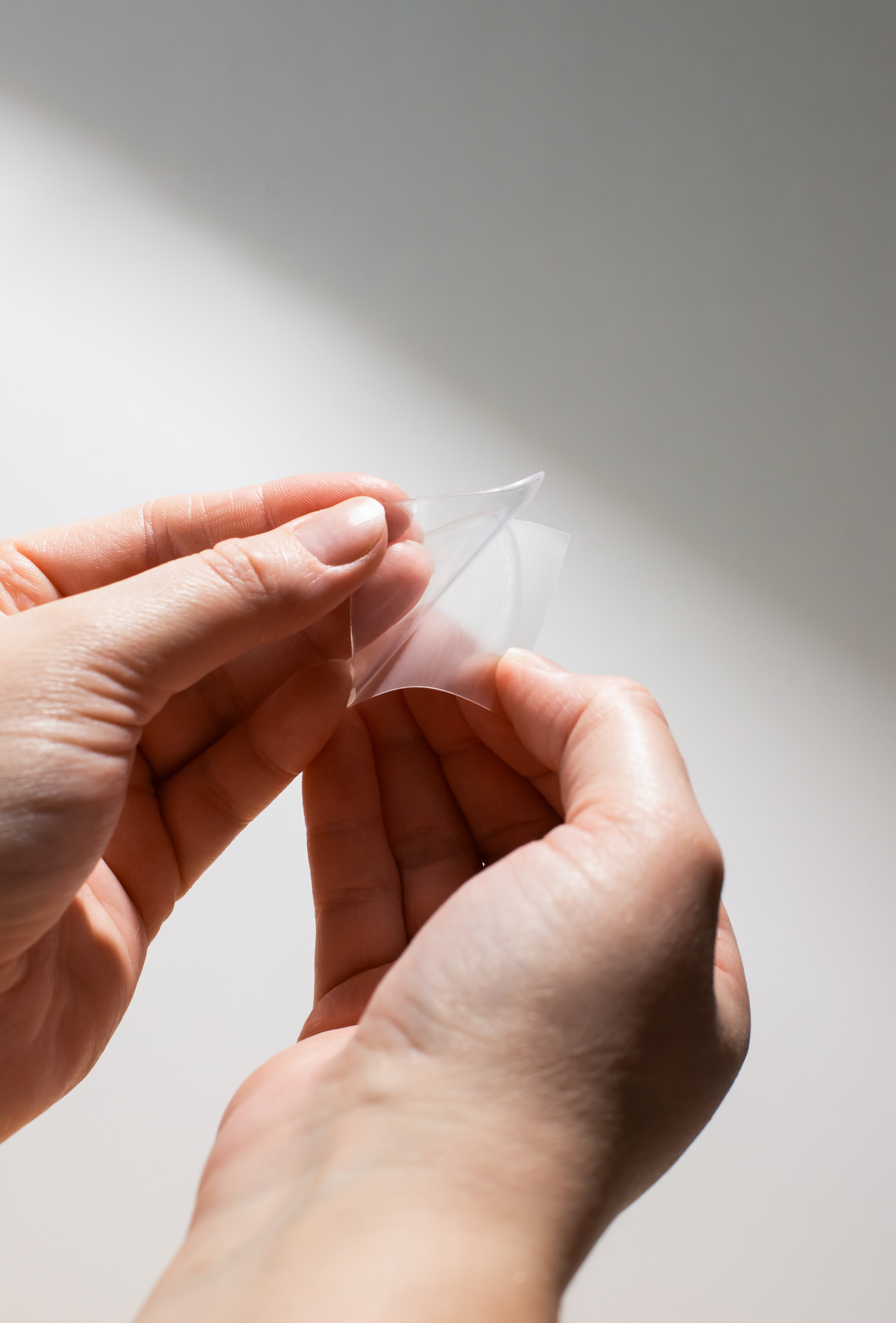
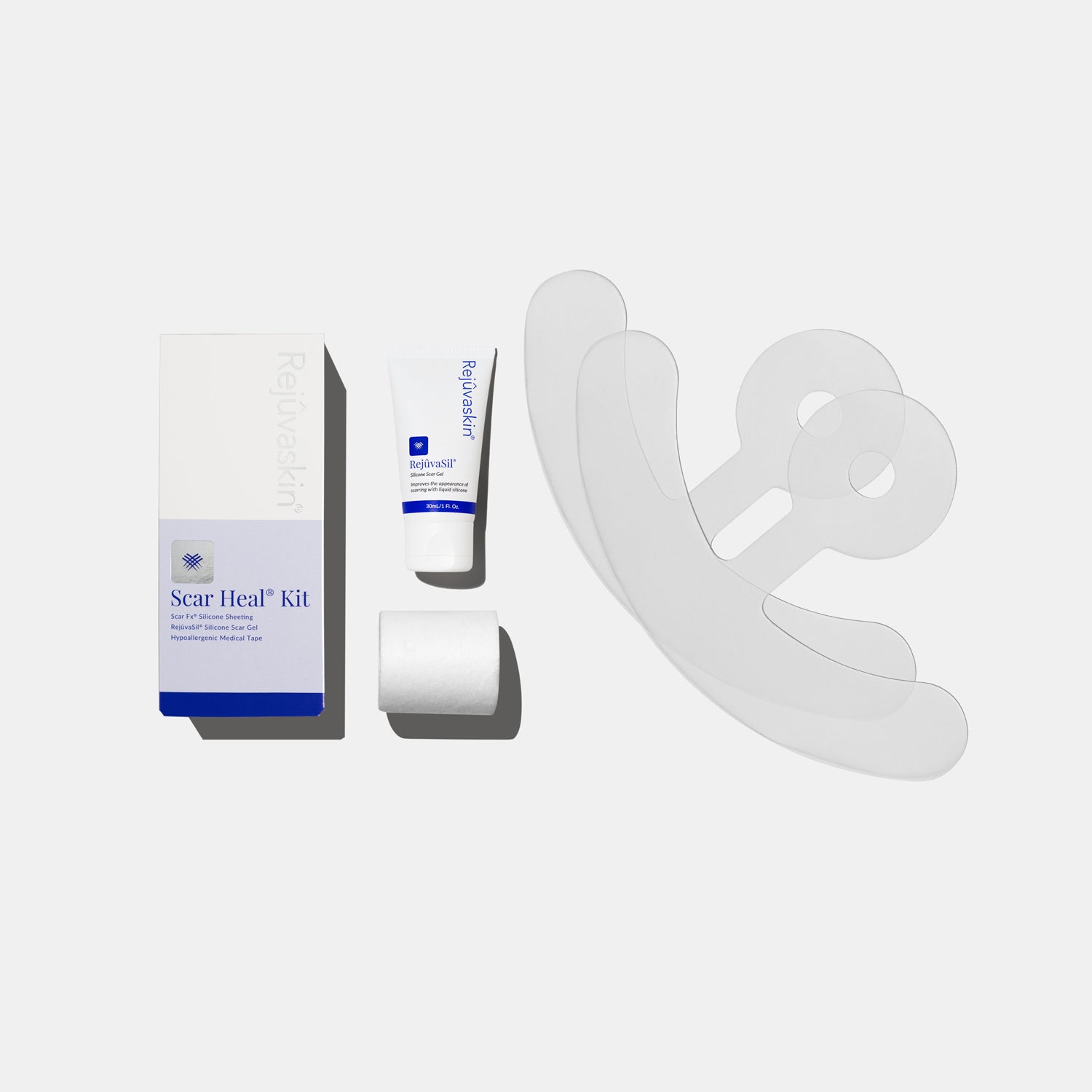
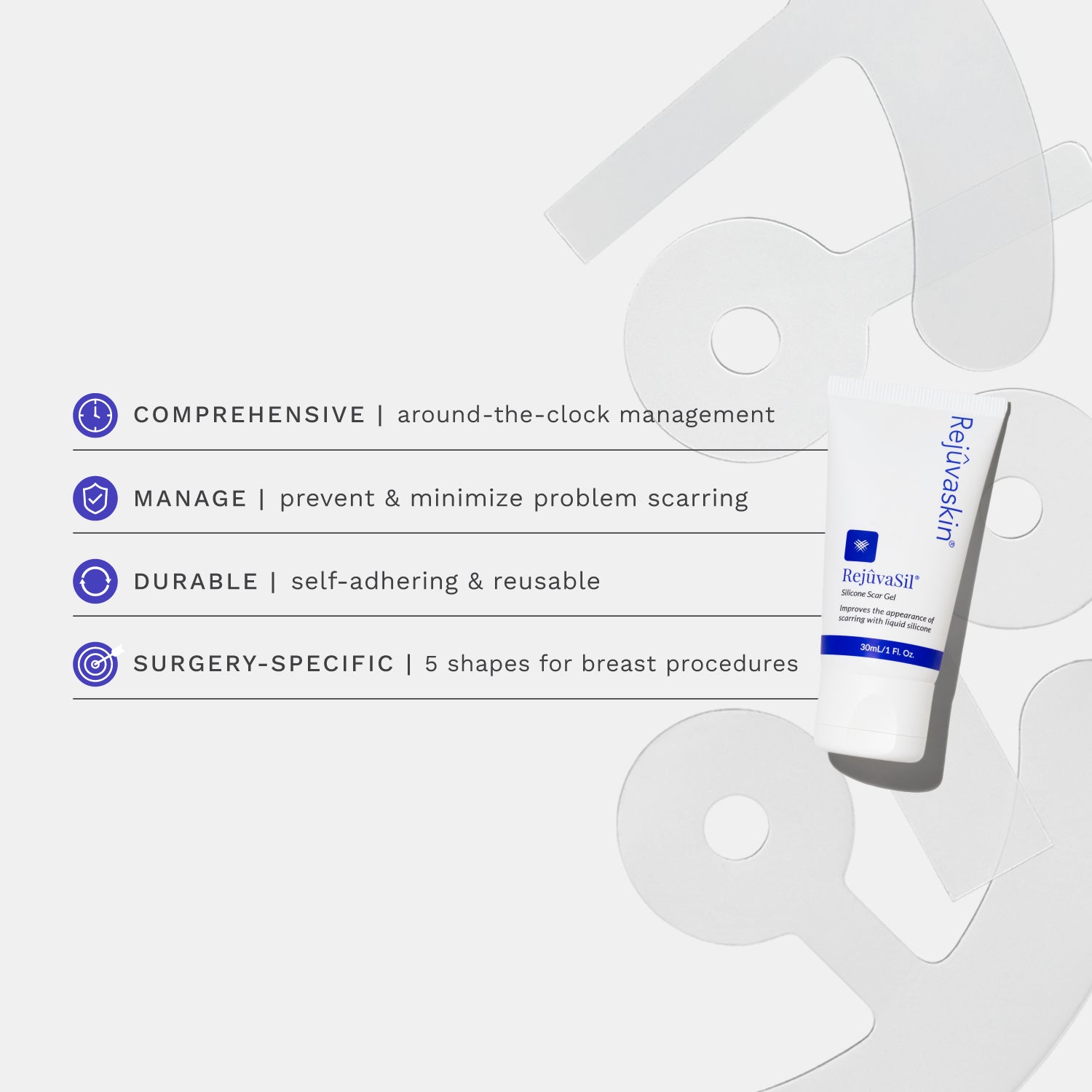
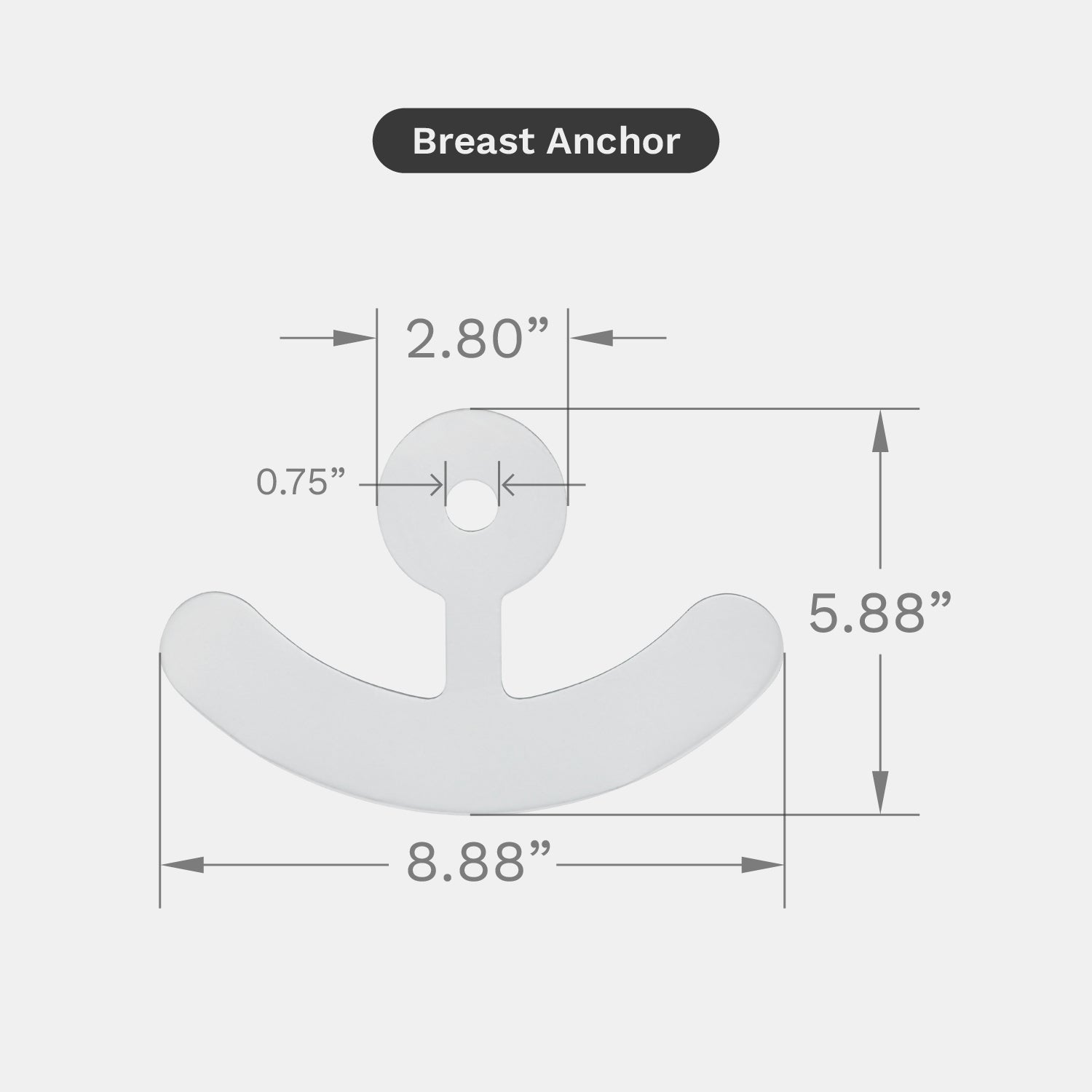
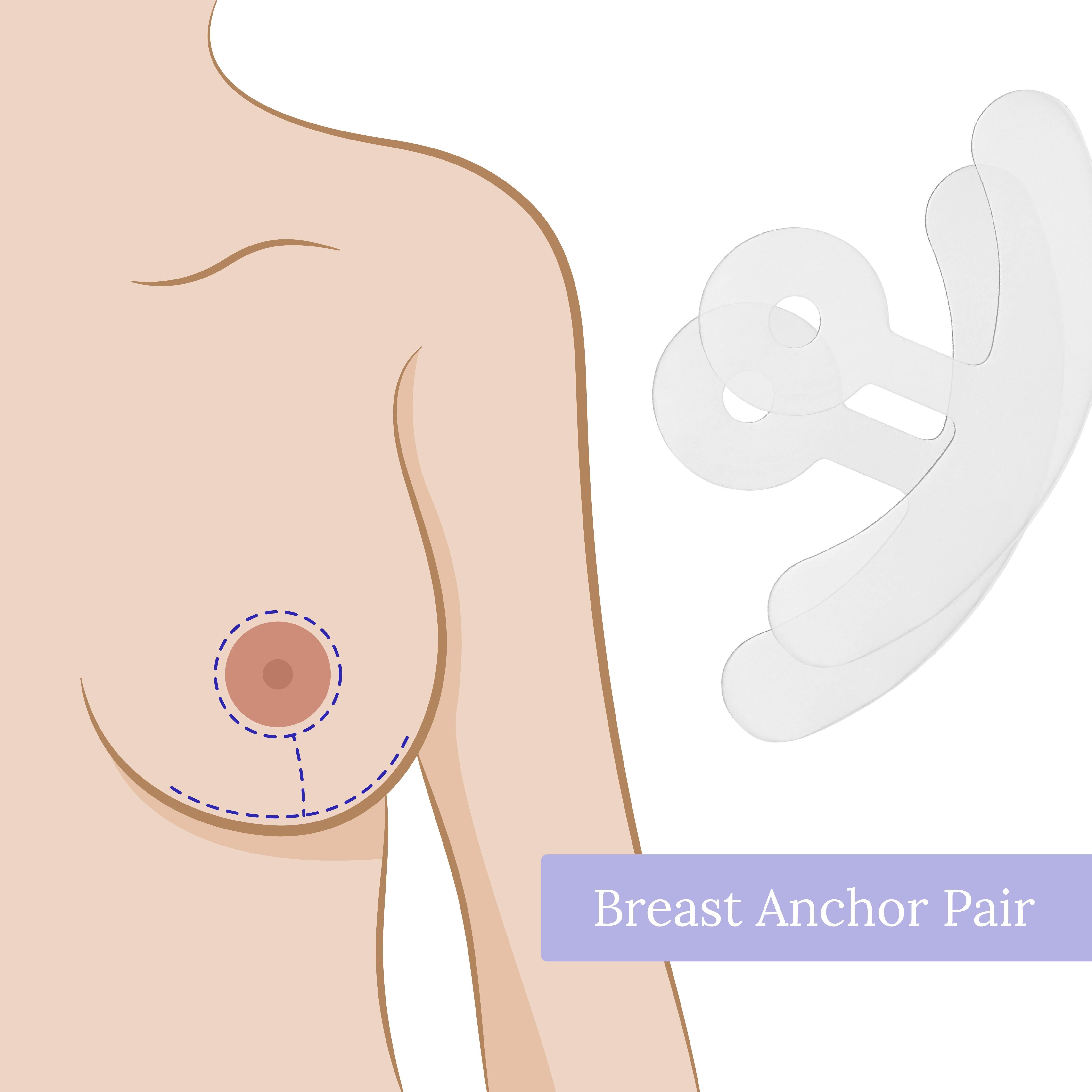
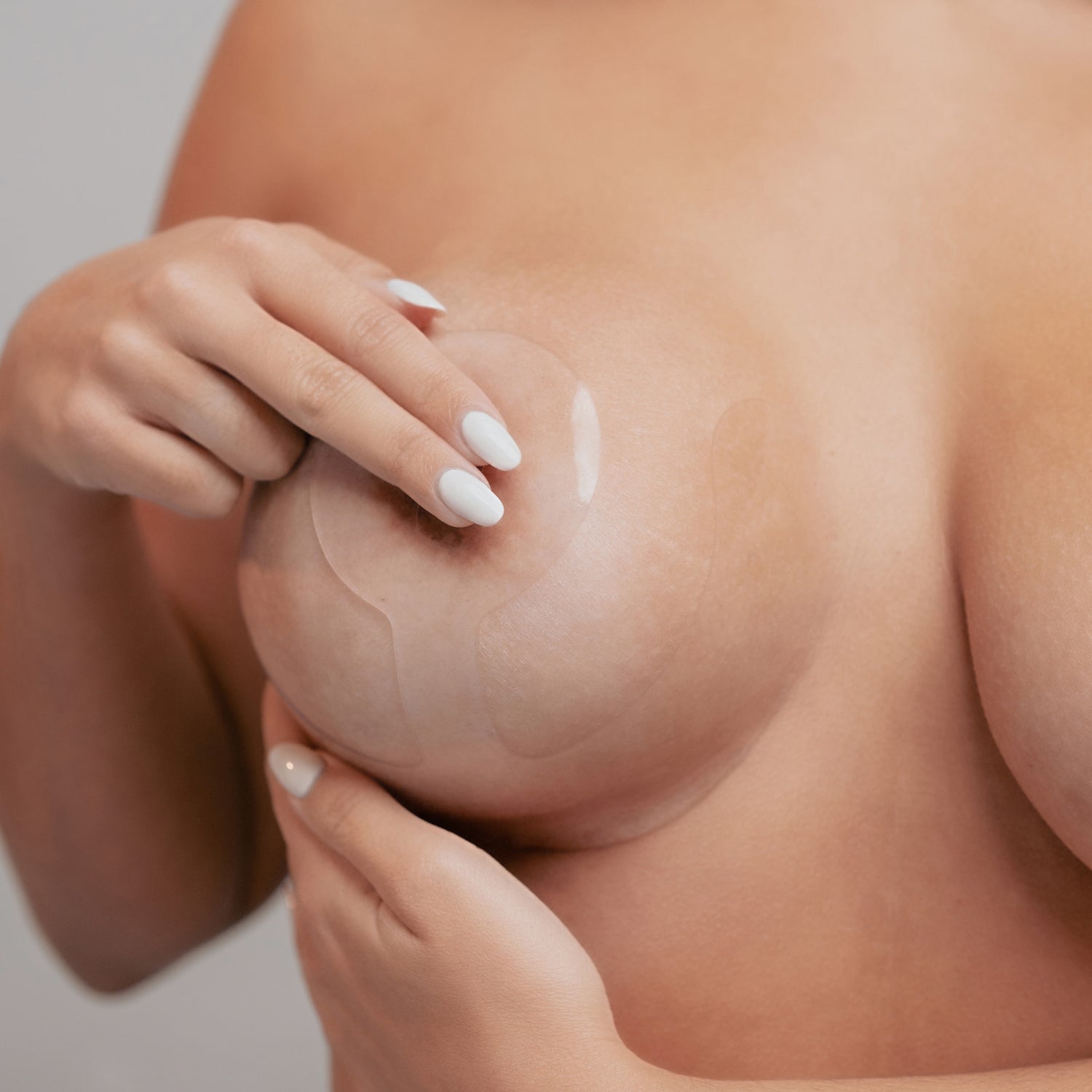
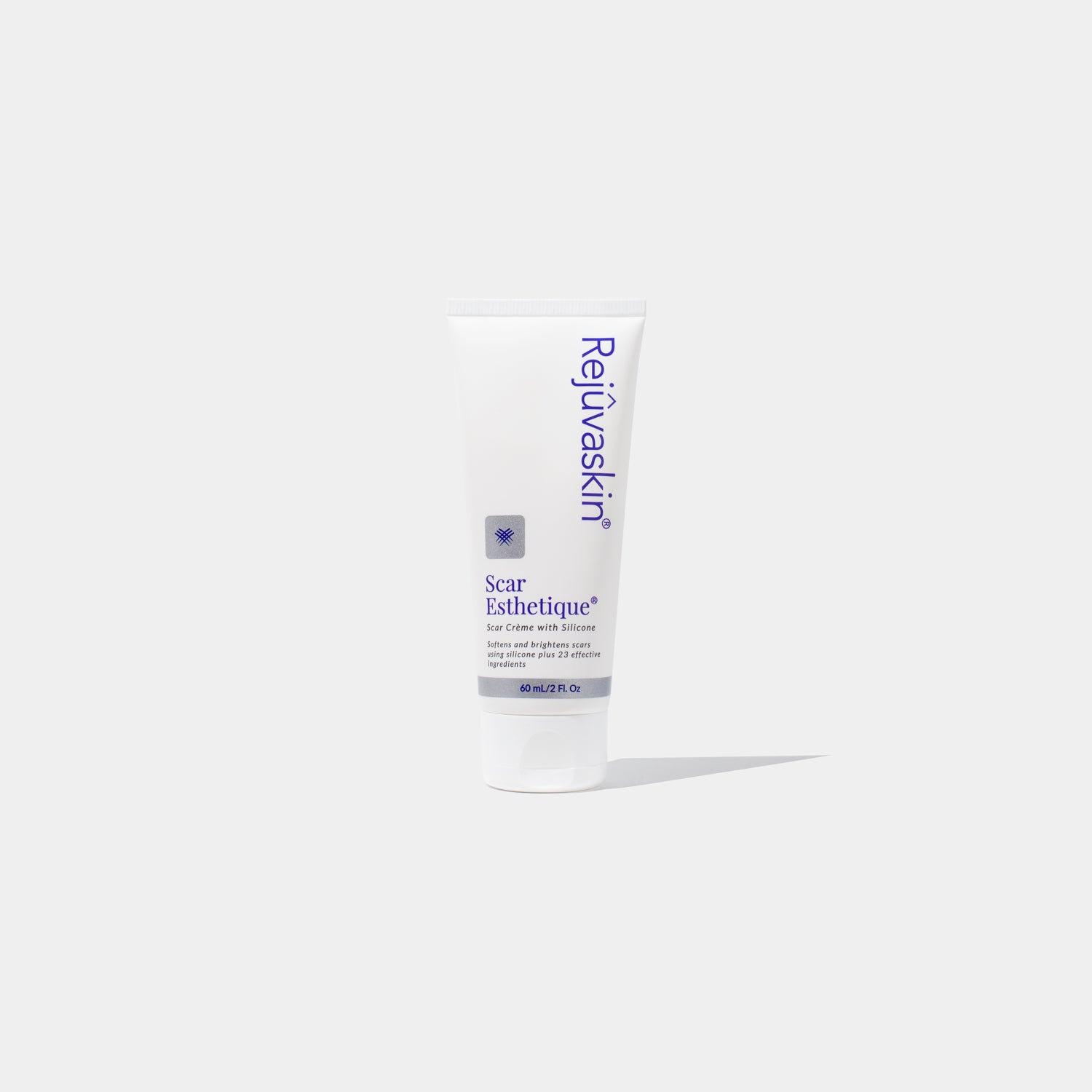

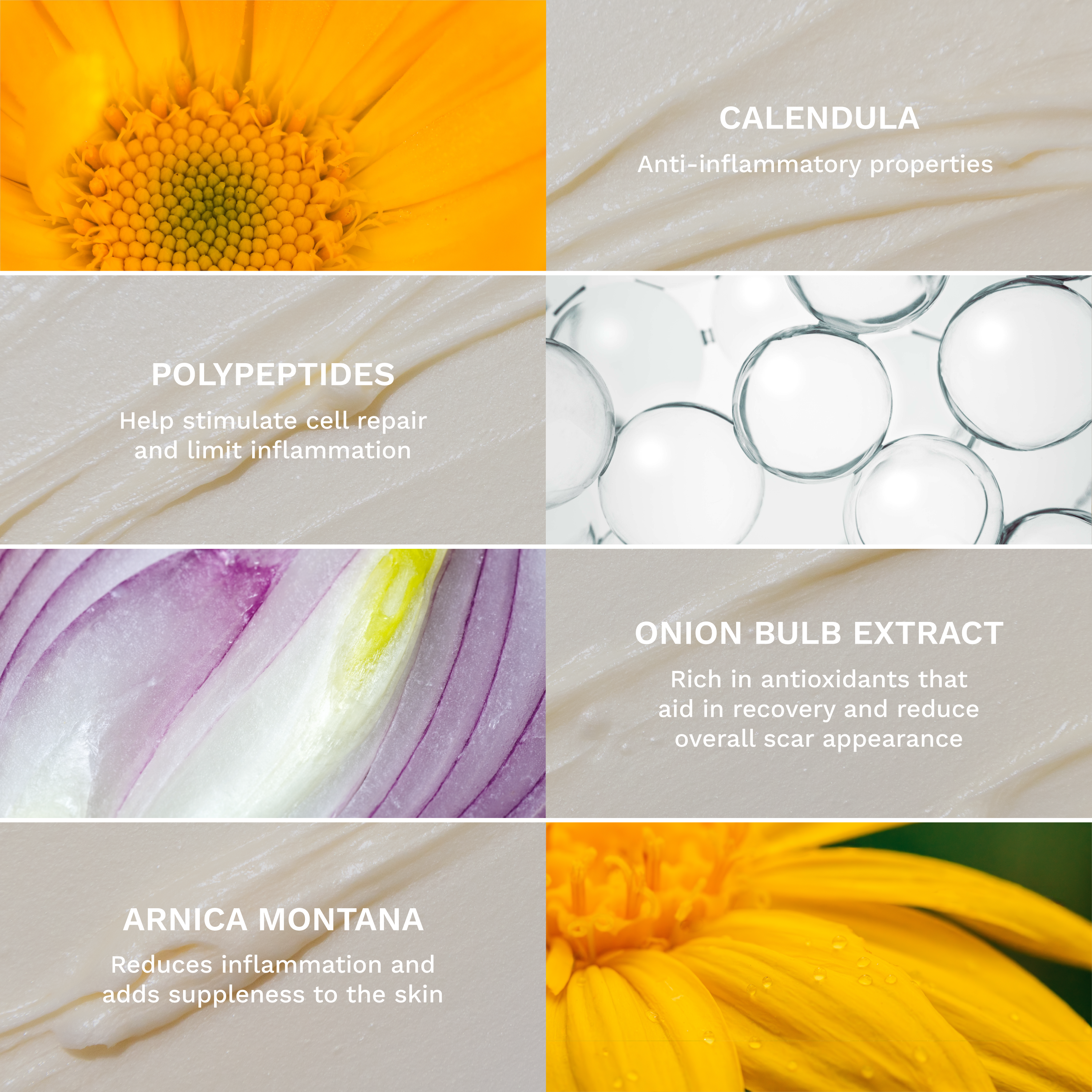
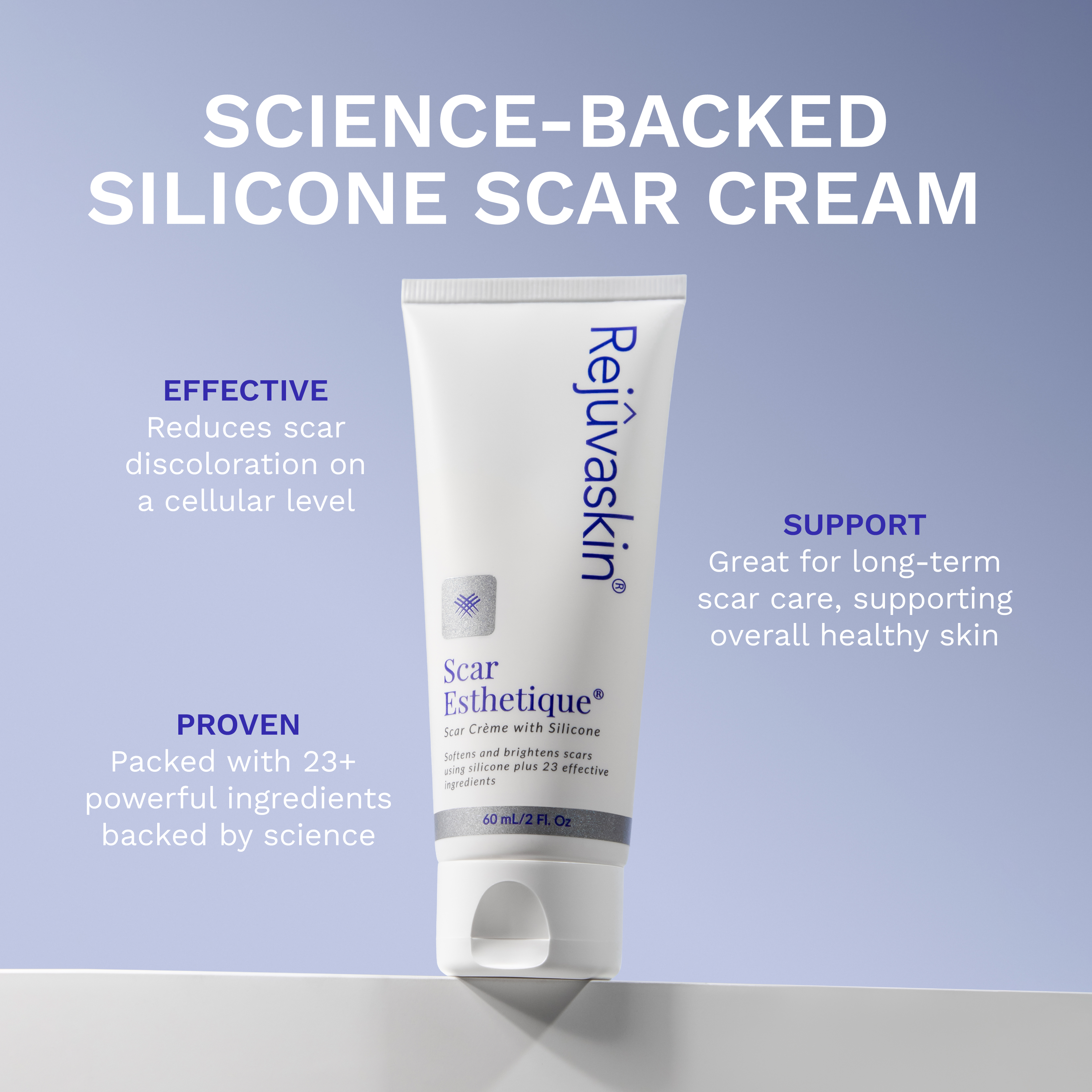


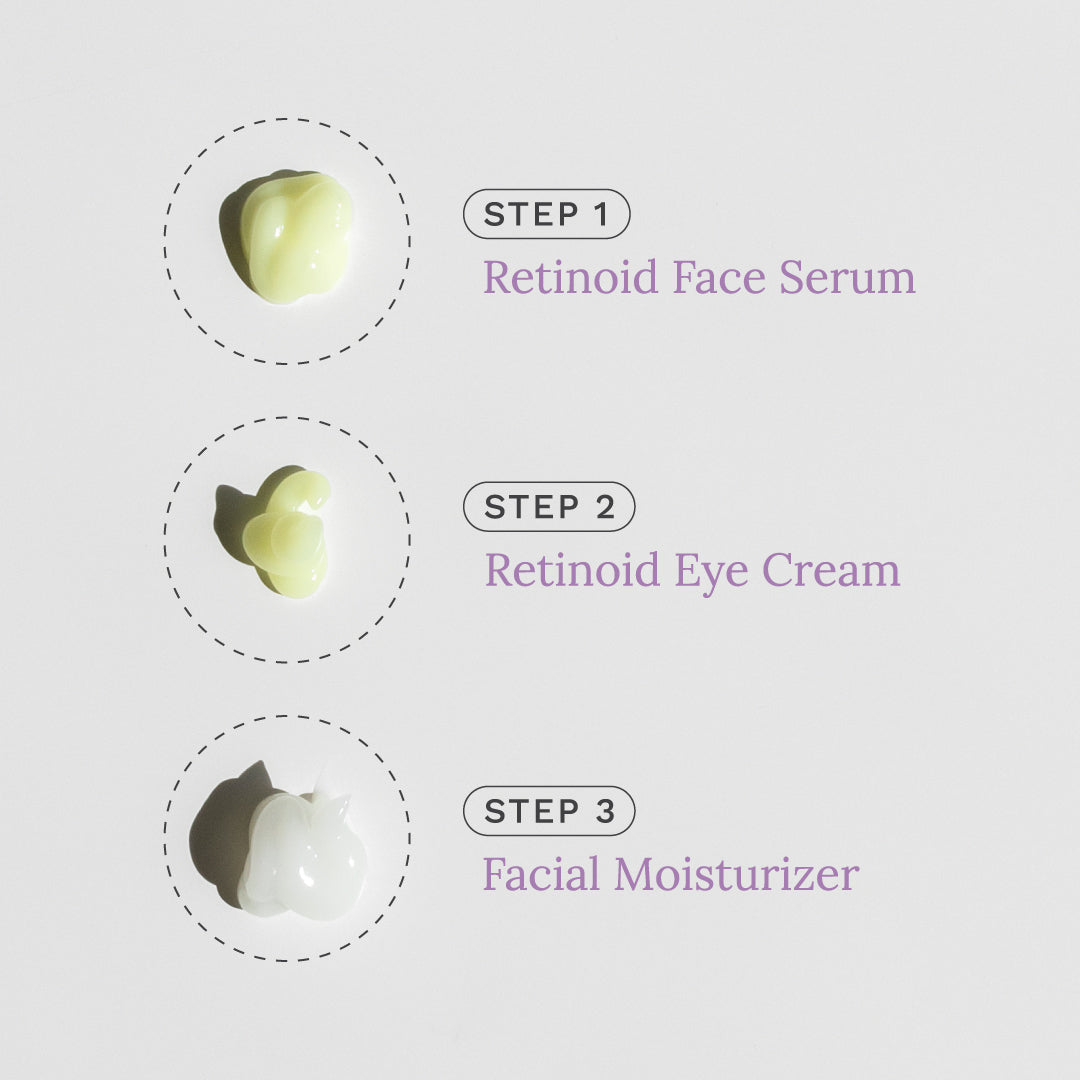
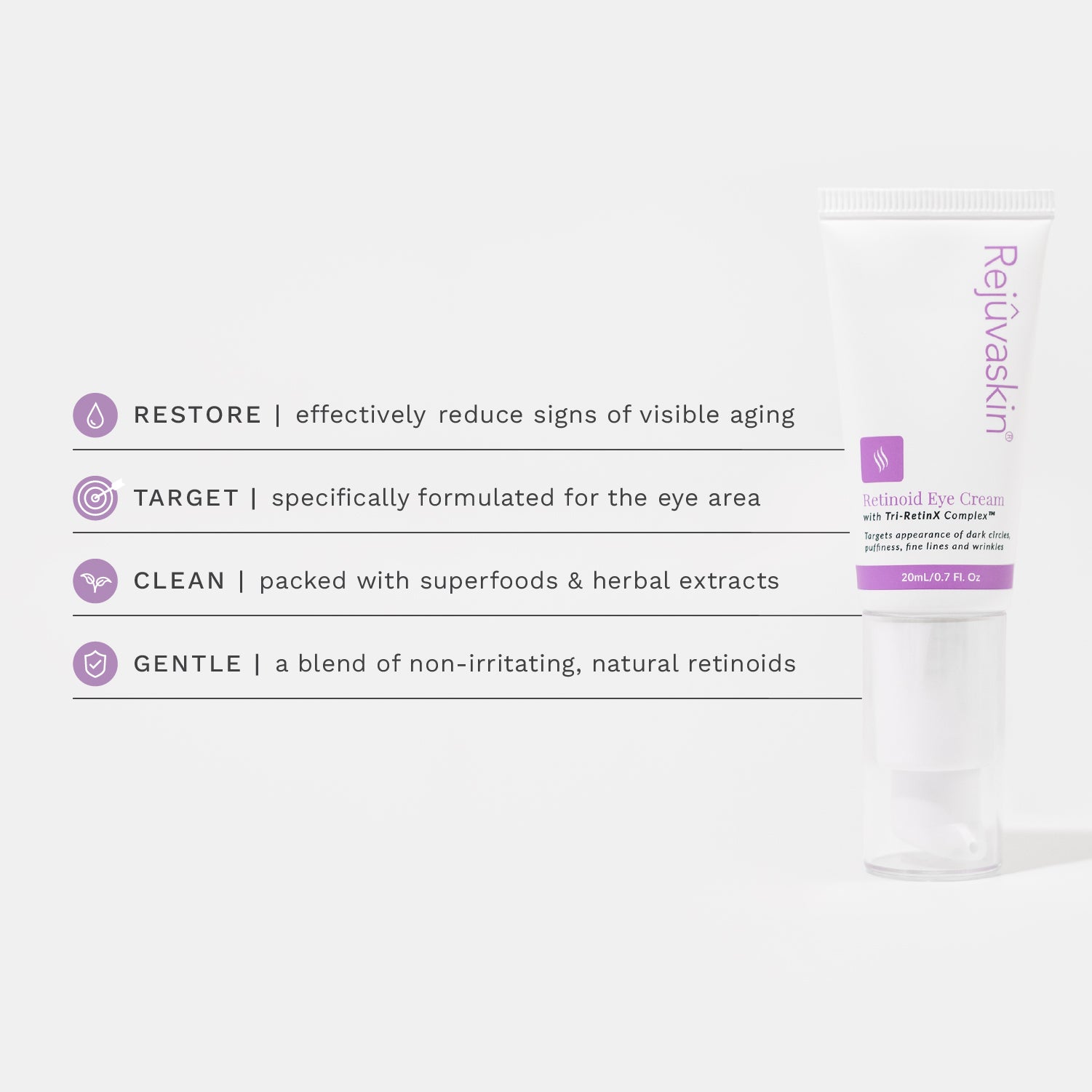
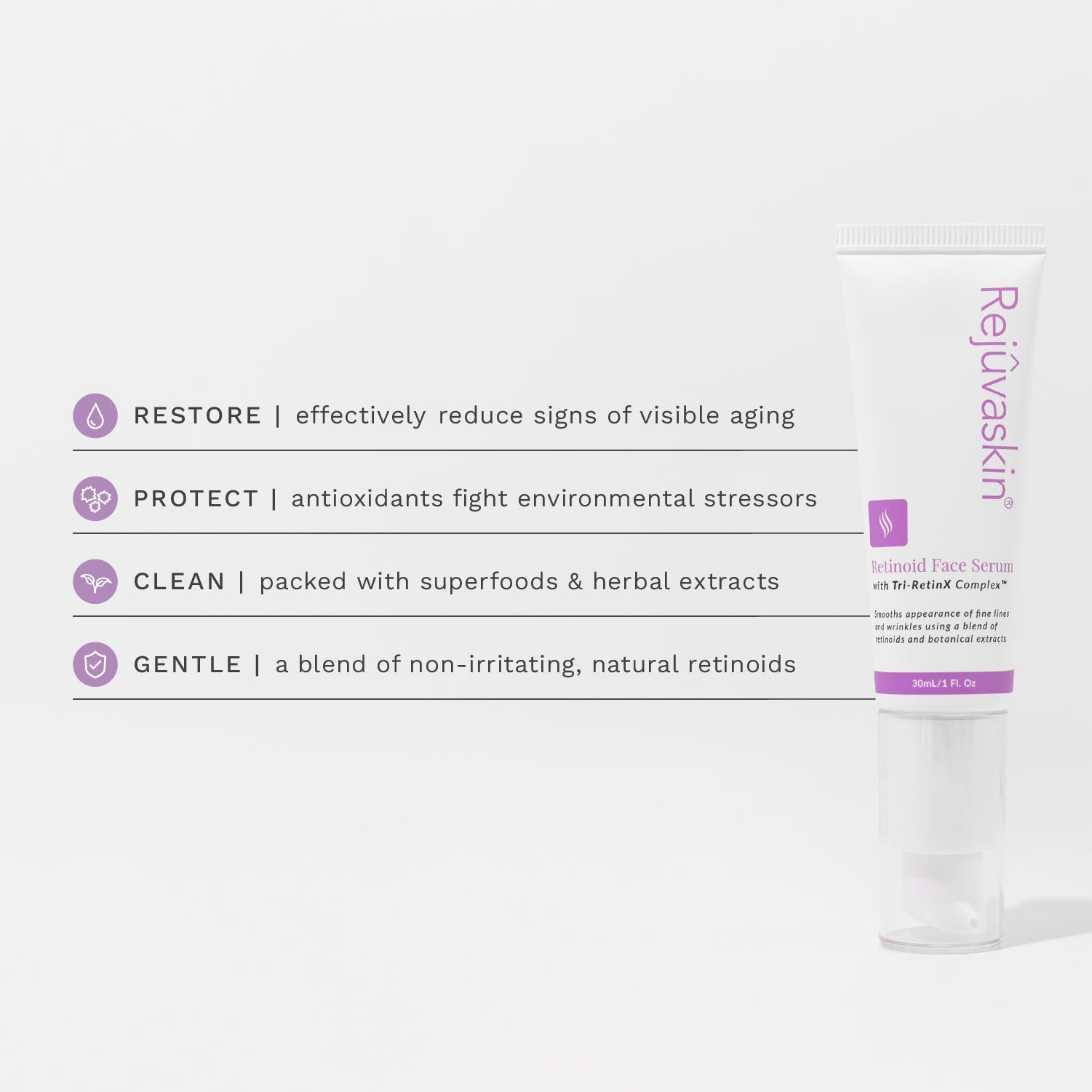


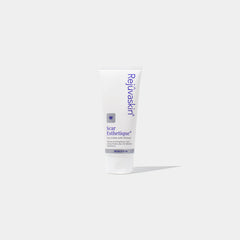
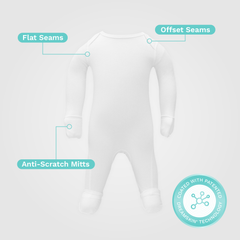
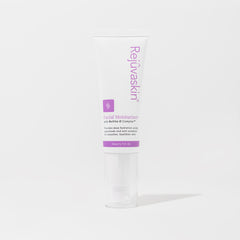
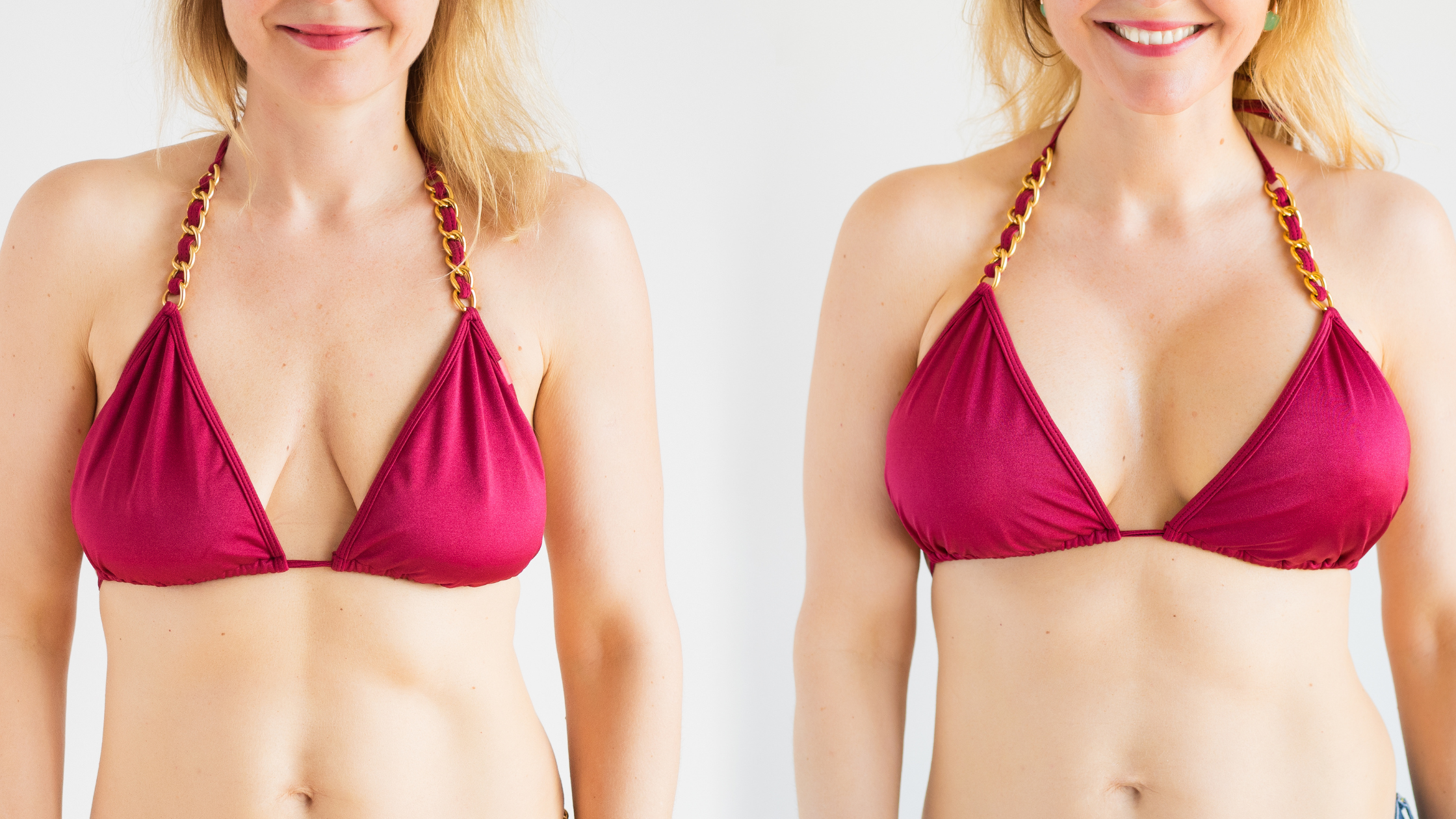
Leave a comment